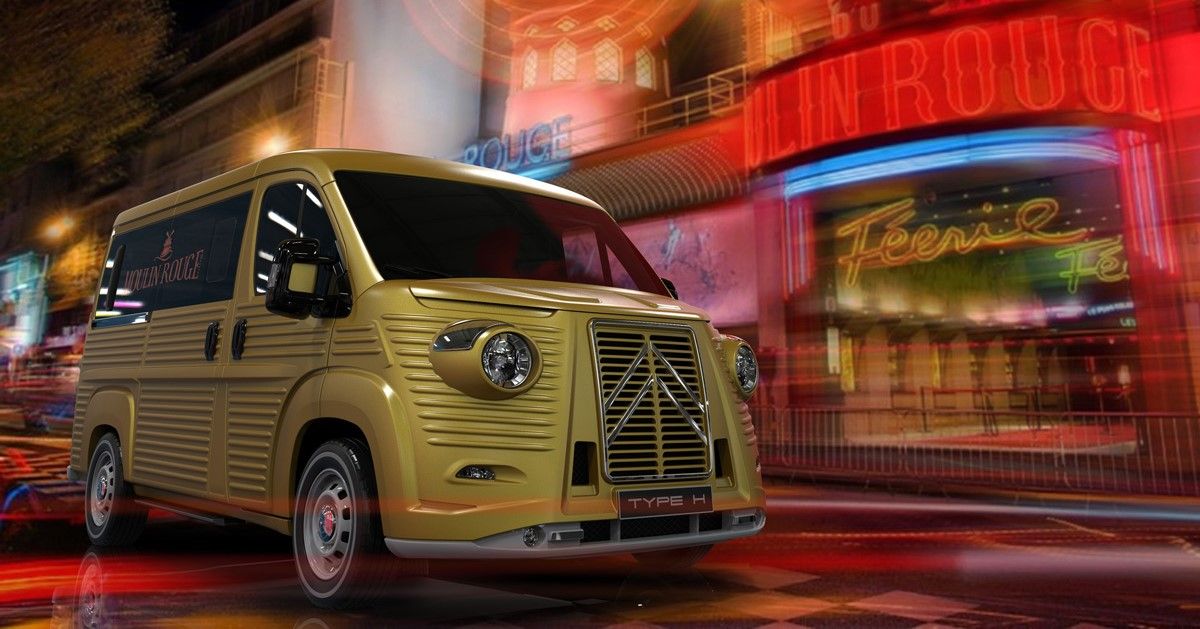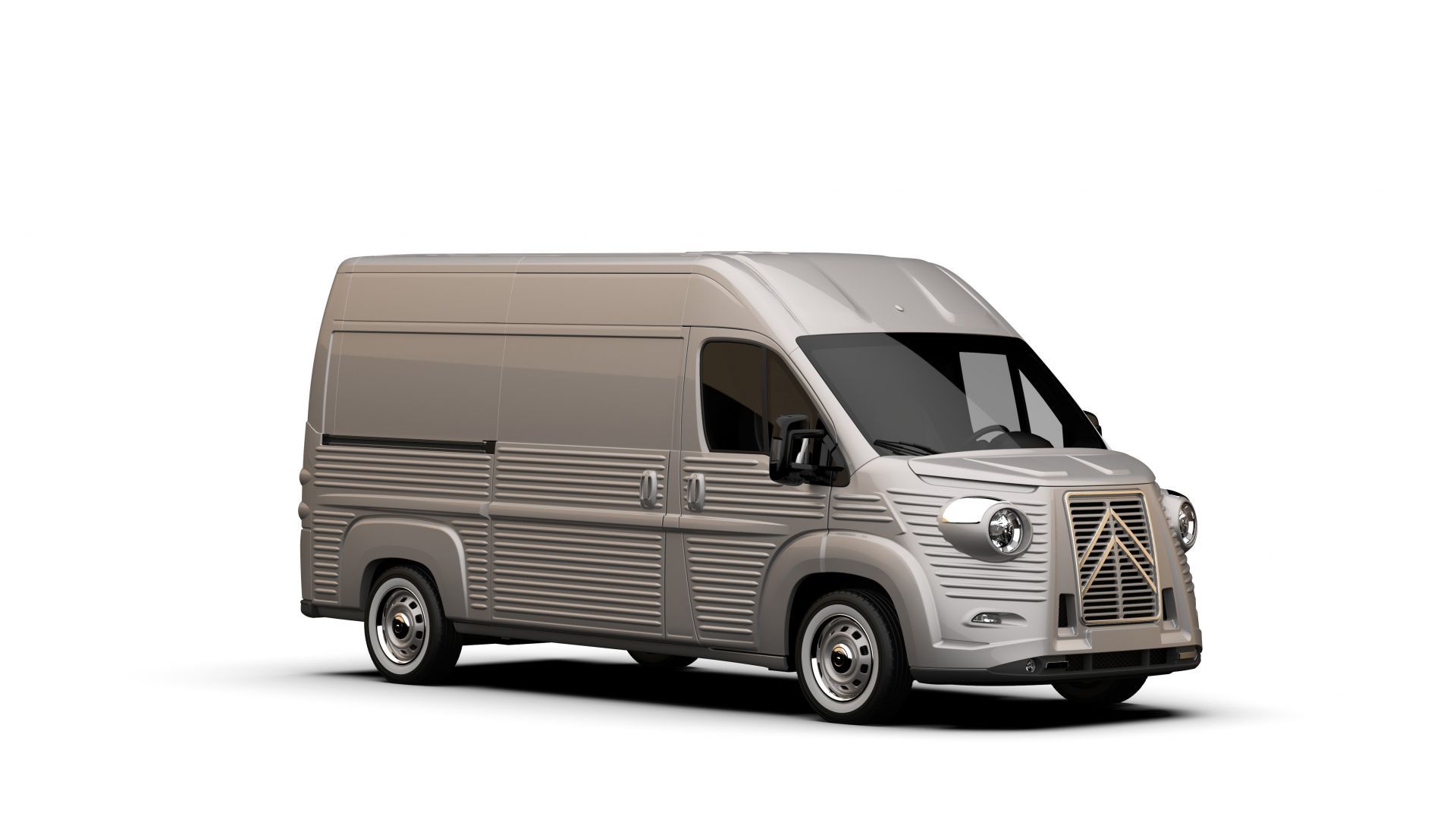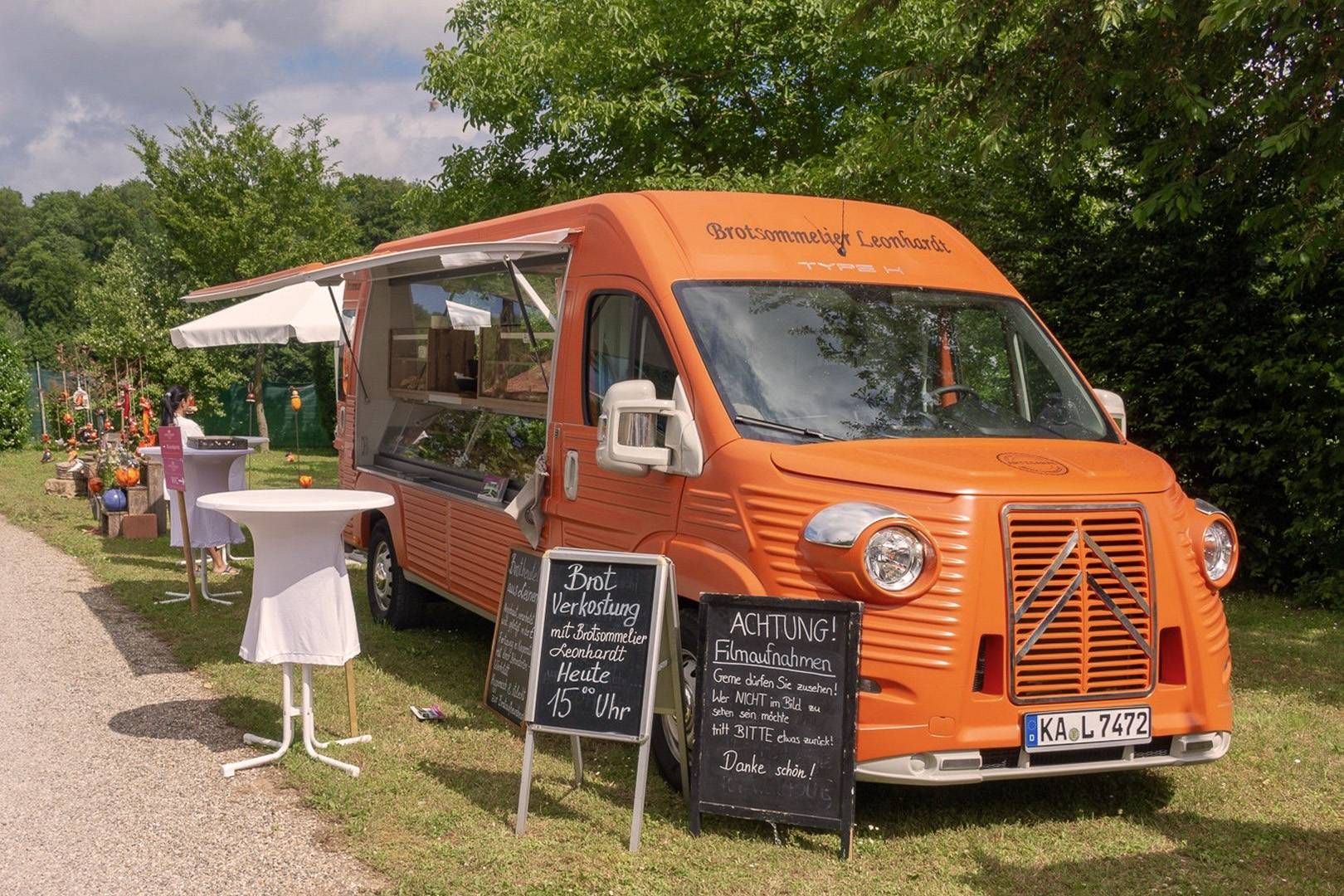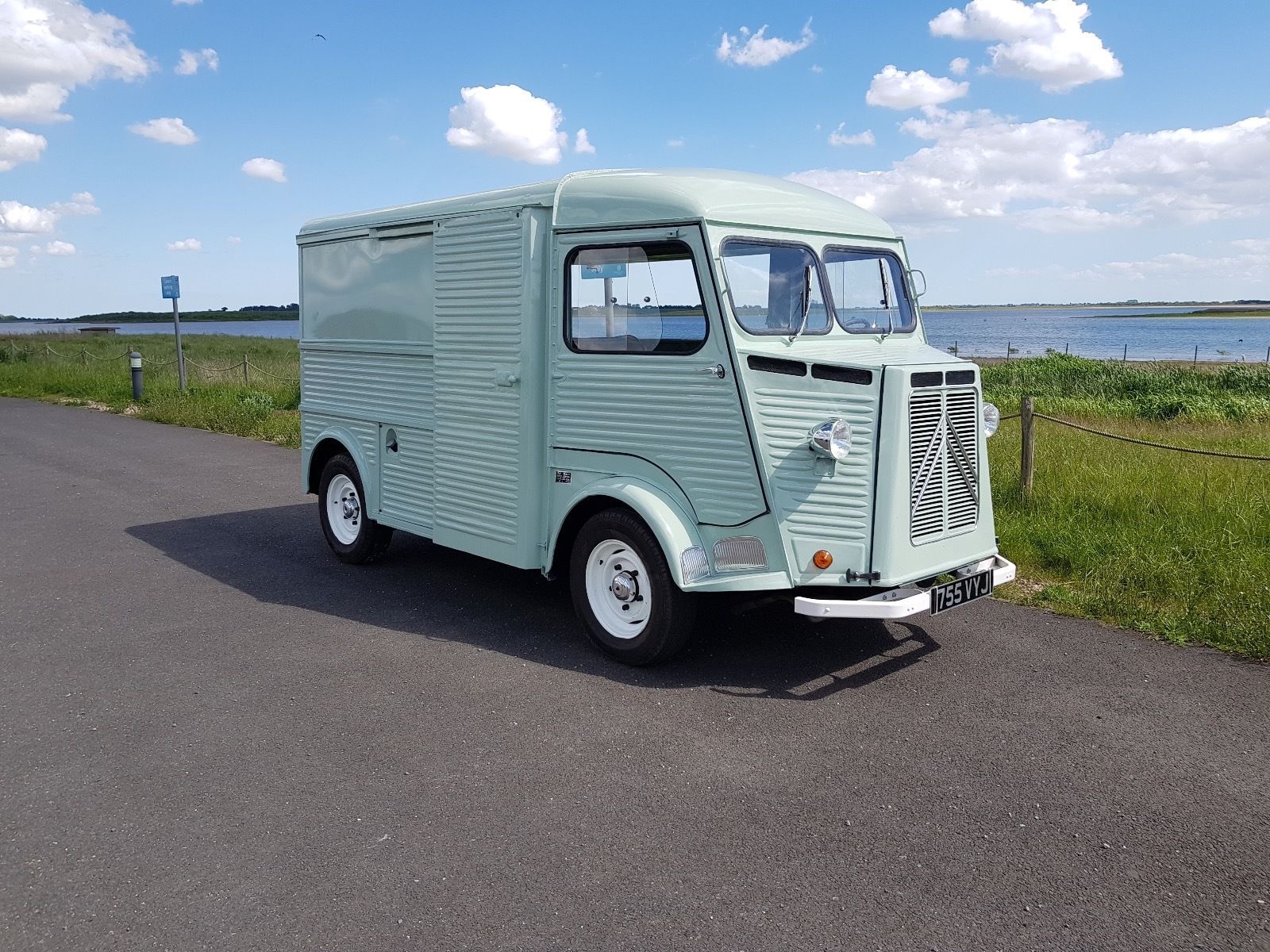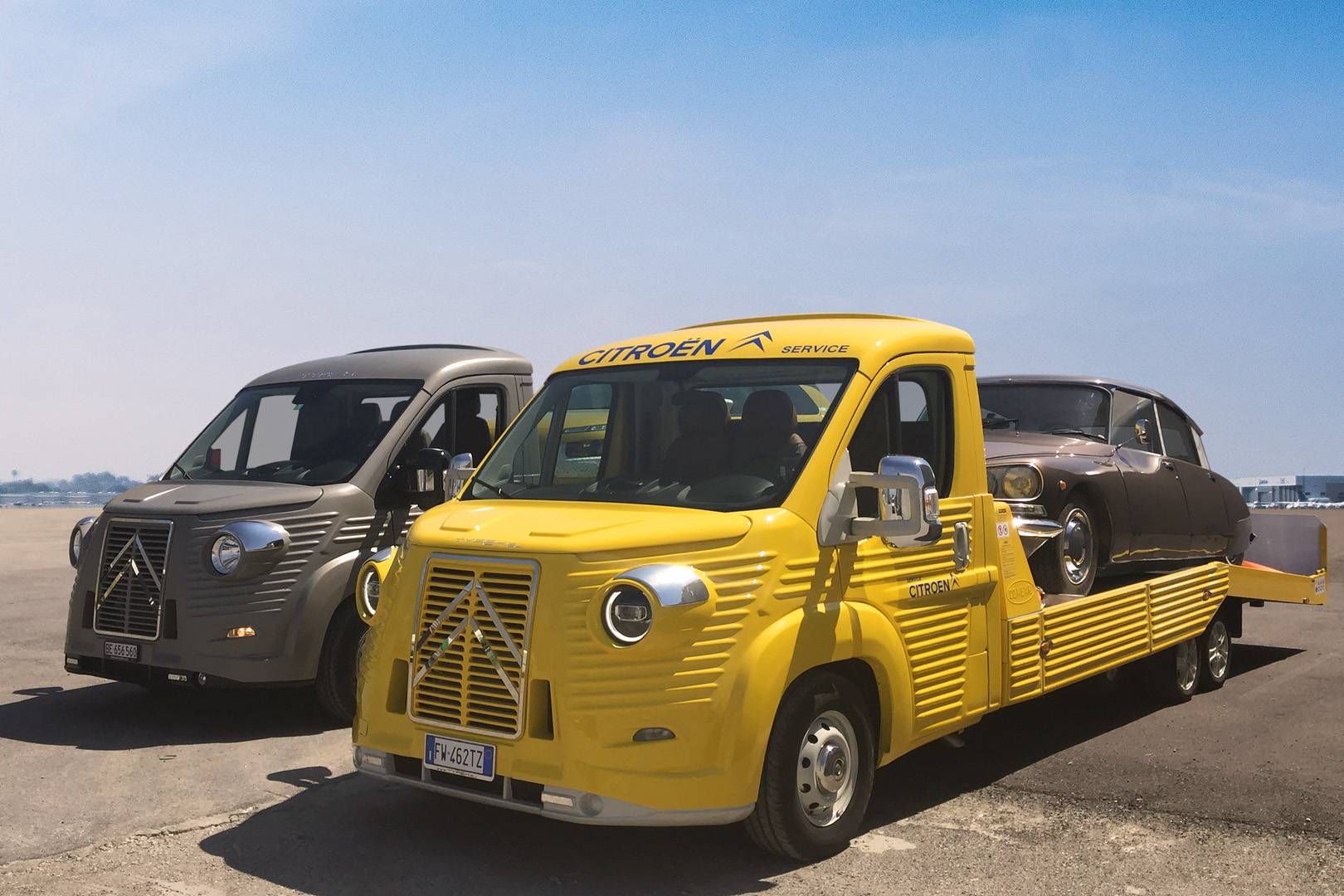'Avant' is a French word meaning ‘before’. It was employed for use in a car name at the turn of the century in the shooting-break SUV-coupe which was a minivan with grand-tourer aspirations. With the interesting features and design, it combined Avant and Time to show that it was ahead of its time.
This Avantime, with its 2-liter turbo and 3-liter V6 engines, intelligent doors and seats, and quirky luxury accessories wasn’t the only car to use the avant word, and neither was it a sales success.
A car that perhaps deserves its star on the automobile walk of fame in the clouds is the Traction Avant by Citroen.
One of the first mass-produced front-wheel drivers, with a monocoque design, was named as such due to the fact the traction came from the front – 'avant'. Its unibody design, crash resistance, and modern suspension earned it praise and subsequent sales.
With vans, however - and specifically camper vans - what would be considered ‘avant time’? By far the most popular version of this type of vehicle is the Volkswagen camper and its variants.
Much like the Traction Avant however, the Citroen H van was around as early as 1950 and with its front-wheel drive and monocoque design was a modern and successful alternative in Europe for 3 decades, and now there is a shiny new one.
The Happy Hauler
For the H van, Citroen decided to use corrugated panels which look like industrial roofing sheets.
Apart from being cheap, easy to repair, and strong, these panels lent it a certain strong but cute style and this is key to the van managing to retain its cool retro and simple style to modern times where it stands out from virtually everything else. It was a material used on certain planes including the Junkers Ju 52 which makes this very cool.
This vehicle was launched not long before the VW Type 2, the first iteration of the bus, transporter, and Kombi van which would later become a cult classic.
Power came from a 1.9-liter petrol initially, making 35hp while its rival, the VW would make 25 from a 1.2-liter flat-4 boxer engine in the back, just like a Porsche 911 – although it was a lot slower than one.
Interestingly, this engine in one form or another was present in not just that other car, the Traction Avant but also the hallowed DS.
Doppelganger
If you are reading from the US, you will probably not have seen an H van in the flesh as it was not able to be sold over here due to tax reasons. There is however a promising-looking variant that has emerged this year from the smoke looking fresh and retro in equal measure.
Made at FC Automobili, and in conjunction with builder Fabrizio Caselini and designer David Obendorfer the new units are initially expected to be made in 70 examples as a nod to the 70 years since production began on the original H van.
The panels are a modern interpretation of the classic ones, in turn, they are bolted directly onto a standard Citroen Relay, a commercial van with little appeal besides the ability to haul loads efficiently and safely with its diesel engines.
There are two variants, the H van and the HG van, which is a smaller size, added to the Citroen Space Tourer small van.
Retro Is The New Modern
The kit to transform your boring van into a commercial success as a vegan food outlet or digital nomad’s traveling paradise is over $20,000 before taxes according to the Type H website.
Renders of possible configurations show off the ability for the H van to be the perfect camper companion, food truck, or people carrier with a cool array of retro and bright colors to show off the modern corrugated body and throwback headlights.
As well as part whitewall tires you get modern diesel engines, with 140-165hp frugal and torquey common-rail injected motors which should make light work of transporting all of your bagels and artisanal beer.
Just like the standard vans on which they are based expect modern accessories to make your trip or workdays problem-free and efficient with none of the reliability issues and breakdowns which might affect the classic H vans.
Food Truck Fodder
There are plenty of elegant and rustic camper vans, food vans, and much more, and are a quirky alternative to the obvious rivals from VW and others. You can spot retro love in anything nowadays from the Fiat 500, PT Cruiser, Nissan Figaro, and Mini to bringing back classic names from the past such as the Mustang, Challenger, and Camaro.
What would we like to see given similar treatment? Well, the VW bus has already had the classic throwback styling treatment, but just imagine the Ford Econoline circa 1965, remanufactured as a body kit to be bolted onto a modern Ford van with a 3.5-liter V6. Now that would be cool.

